See also
- Gran Tavola , the Bonsignori bank
Bonsignori (or Buonsignori) was an Italian noble family whose notable members included:

Year 1209 (MCCIX) was a common year starting on Thursday of the Julian calendar.

Year 1250 (MCCL) was a common year starting on Saturday of the Julian calendar.
Year 1255 (MCCLV) was a common year starting on Friday of the Julian calendar.
Year 1263 (MCCLXIII) was a common year starting on Monday of the Julian calendar.
Year 1281 (MCCLXXXI) was a common year starting on Wednesday of the Julian calendar.
Year 1289 (MCCLXXXIX) was a common year starting on Saturday of the Julian calendar.
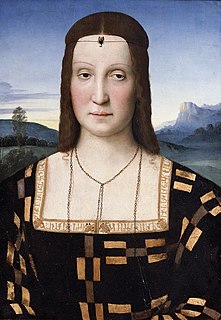
The Portrait of Elisabetta Gonzaga is an oil on wood painting attributed to the Italian Renaissance artist Raphael, executed c. 1504-1505, and housed in the Uffizi Gallery, Florence.
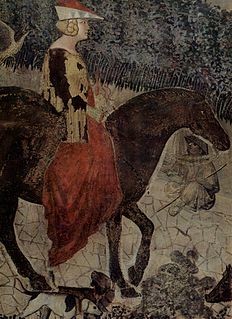
Orlando Bonsignori was an Italian banker from Siena.

Francesco Bonsignori, also known as Francesco Monsignori, was an Italian painter and draughtsman, characterized by his excellence in religious subjects, portraits, architectural perspective and animals. He was born in Verona and died in Caldiero, a city near Verona. Bonsignori's style in early period was under the influence of his teacher Liberale da Verona. After becoming the portraitist and court artist to the Gonzaga family of Mantua in 1487, his style was influenced by Andrea Mantegna, who also worked for Francesco Gonzaga from the 1480s. They collaborated to execute several religious paintings, mainly with the theme of Madonna and Child. The attribution of theportrait of a Venetian Senator was debatable until the last century because of the similarity in techniques used by Bonsignori and his teacher Mantegna. During the phase of his career in Mantua, there is an undocumented period between 1495 and July 1506 with no official record regarding his activities by the court of Mantua. Bonsignori's late style was decisively influenced by Lorenzo Costa in terms of form and color. He produced his last monumental altarpiece the Adoration of the Blessed Osanna Andreasi in 1519 shortly before his death.

During the Middle Ages, the Gran Tavola was the largest Sienese bank; it was one of the most powerful banks in Europe from 1255 to 1298. The Gran Tavola has been called "the greatest bank of the thirteenth century" as well as "one of the largest commercial and banking enterprises in Europe".
The 1990 Estoril Open was a combined men's and women's tennis tournament played on outdoor red clay courts. It was the first edition of the event Estoril Open for the men, and was part of the ATP World Series of the 1990 ATP Tour. It took place at the Estoril Court Central, in Oeiras, Portugal, from 2 April through 8 April 1990 for the men's tournament and from 16 July through 22 July 1990 for the women's tournament. Emilio Sánchez and Federica Bonsignori won the singles titles.
Helen Kelesi won in the final 6–1, 6–0 against Laura Garrone.
Sabrina Goleš was the defending champion but did not compete that year.
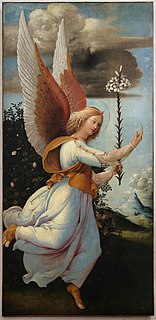
Fra Girolamo Bonsignori, was an Italian artist.
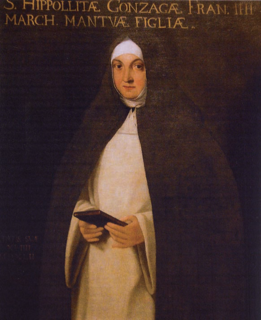
Ippolita Gonzaga was an Italian noblewoman and nun.
Federica Bonsignori is a former professional tennis player from Italy.
Stefano Bonsignori may refer to:

Stefano Bonsignori or Bonsignore O.SS.C.A. was an Italian cleric, bishop and theologian. Napoleon I appointed him patriarch of Venice, but this appointment was not confirmed by the Holy See.
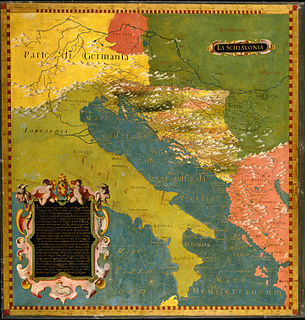
Stefano Bonsignori or Buonsignori was an Italian Olivetan monk and cartographer to Francesco I, Grand Duke of Tuscany. He was born in Florence and is most notable for his eponymous Bonsignori Map of Florence.
Players who neither had high enough rankings nor received wild cards to enter the main draw of the annual French Open Tennis Championships participated in a qualifying tournament held in the week before the event.